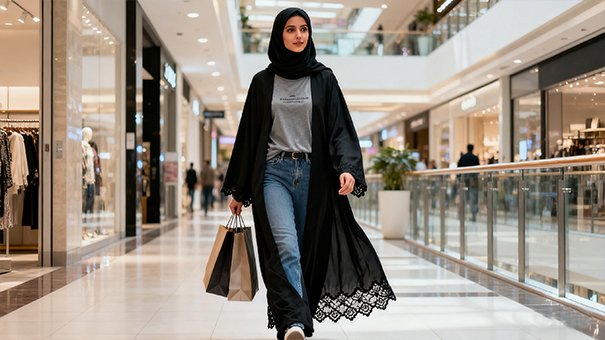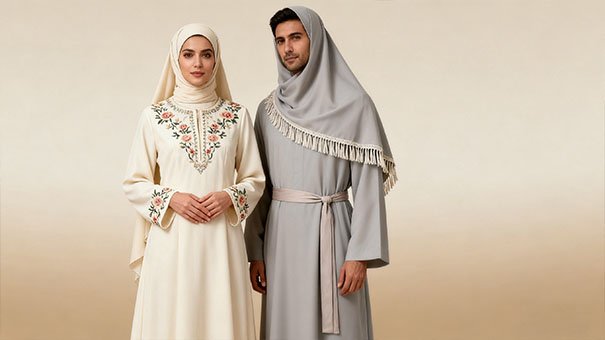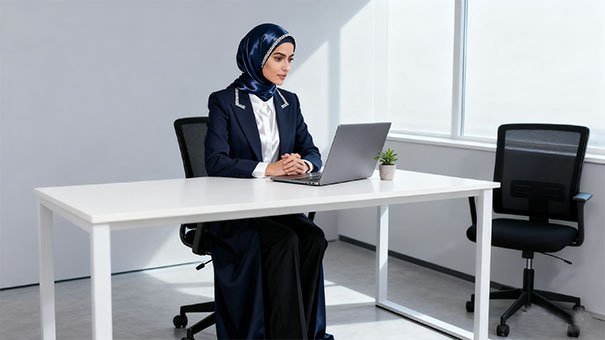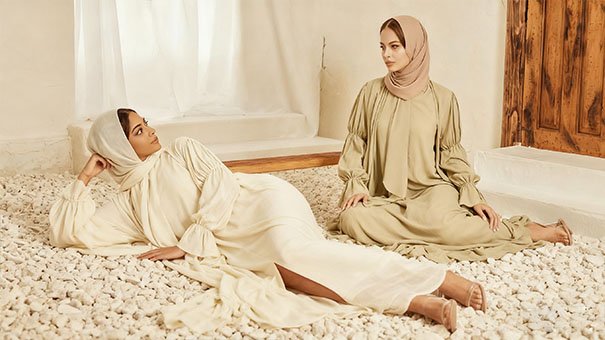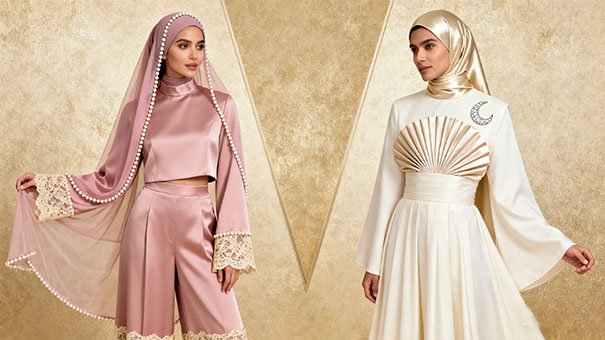When it comes to Custom Abaya design, the fabric you choose is more than just material — it’s the soul of the garment. The right Abaya fabric defines how your outfit feels, flows, and lasts. Let’s explore why fabric matters so much in Abaya craftsmanship and how to choose wisely.
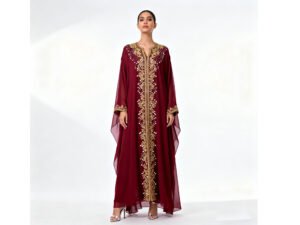
Contents
Why Fabric Matters in Abaya Design
Fabric isn’t just the foundation of an Abaya — it’s what brings the design to life. Whether you’re wearing it for everyday comfort or formal elegance, your choice of material determines how it drapes, breathes, and moves with you. A poor-quality fabric can make even the most intricate Custom Abaya design feel flat, while premium materials elevate every detail.
Modern designers emphasize sustainability and comfort. According to Vogue’s guide on sustainable fabrics, high-end modest wear is shifting toward breathable, eco-conscious textiles — a trend that’s redefining luxury in 2025.
Popular Fabric Types for Abayas
The best fabric types for Abaya depend on the season, purpose, and occasion. Here are a few that dominate today’s fashion world:
- Chiffon: Lightweight and airy — perfect for flowy designs.
- Silk: Luxurious with a natural sheen, ideal for formal Abayas.
- Satin: Soft and glossy, offering a glamorous finish.
- Crepe: Durable and wrinkle-resistant — perfect for travel-friendly wear.
Curious about Abaya fabric sourcing? Our team at Oharry Garment partners with top mills to ensure every piece starts with premium, traceable materials.
How Fabric Quality Shapes Design
Designers often say, “The fabric tells you what it wants to be.” In Custom Abaya design, this couldn’t be more true. High-quality fabric influences cut, embroidery, and even color absorption. A stiffer weave gives structure to modern silhouettes, while silk or chiffon adds fluid movement and grace.
Renowned modest fashion designers often highlight this principle. For example, Harper’s Bazaar Arabia notes that fabric choice is what separates mass-produced Abayas from couture-level craftsmanship.
Tips for Choosing the Best Abaya Fabric
Choosing the perfect material doesn’t have to be overwhelming. Start with your lifestyle and climate — are you in humid weather or cooler seasons? Then consider your purpose: casual wear, work, or special occasions?
Here are some quick tips:
- For daily wear, choose breathable chiffon or crepe.
- For luxury events, go with silk or satin.
- For travel, pick wrinkle-resistant blends.

Want expert guidance? Explore our Choosing the best Abaya fabric guide for professional recommendations and customization options.
Create Your Dream Abaya
Experience elegance with our Custom Abaya design service. From fabric sourcing to final stitching, Oharry Garment crafts Abayas that reflect your unique personality.
FAQs
1. What’s the best fabric for a luxury Abaya?
Silk and satin are popular for high-end styles due to their shine and elegance. They also drape beautifully for formal occasions.
2. How can I tell if a fabric is high-quality?
Check the weave density, feel, and breathability. A premium Abaya fabric feels smooth, doesn’t wrinkle easily, and keeps its color after washing.
3. Can I combine multiple fabrics in one design?
Absolutely! Blending chiffon for softness and crepe for structure creates a balanced, fashion-forward look. Learn more about mixing textures in our custom Abaya design guide.
Summary
The right Abaya fabric is what transforms a simple garment into a masterpiece. From choosing sustainable materials to mastering Custom Abaya design, every detail counts. Prioritize quality, comfort, and authenticity — your Abaya deserves nothing less.

